CLOUD TELEPHONY
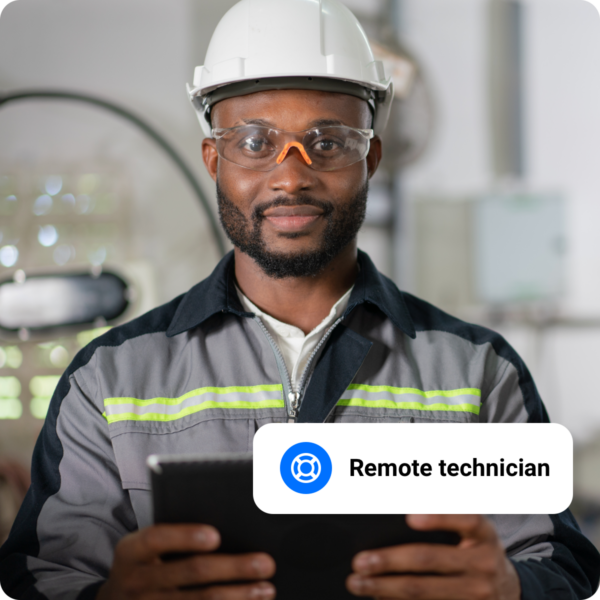
Today we’re seeking innovative solutions to bridge the gap between home and office and to optimise our collaboration.
Remote Visual Support (RVS) technologies have emerged as a transformative force, revolutionising the way we communicate, troubleshoot and provide real-time assistance.
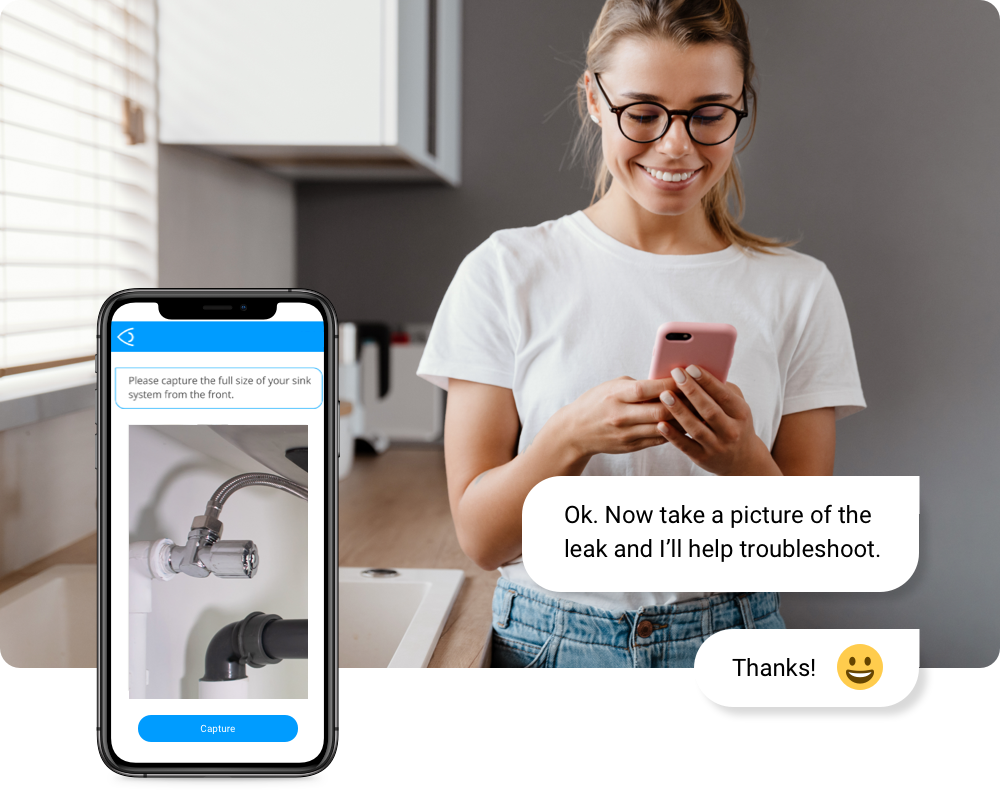
RVS uses advanced technologies to share live video and audio feeds between individuals or teams, allowing them to collaboratively diagnose, troubleshoot and solve problems in real time.
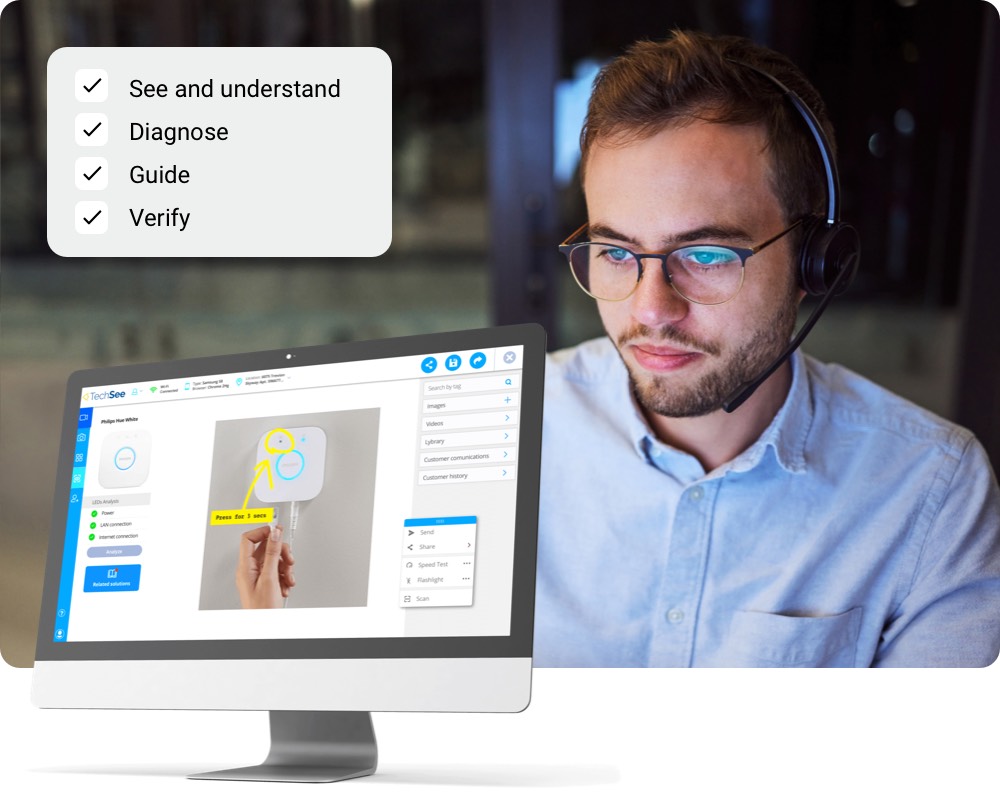
Remote Visual Support technologies enable instant and real-time communication, transcending physical barriers. RSV facilitates seamless interactions between experts and on-site personnel, for faster problem-solving.
By sharing live video feeds, remote support teams can see the problem, enabling a deeper understanding. This enhanced context allows for more accurate troubleshooting and solutions.
Remote Visual Support eliminates the need for expensive travel and onsite visits. It streamlines support processes, reducing downtime and minimising operational costs.
Remote Visual Support is invaluable for training and onboarding new employees or clients. Experts can guide them through tasks, processes, or operations, accelerating their learning curve.
Businesses can offer superior customer support by remotely assisting clients and resolving issues promptly. This leads to improved customer satisfaction and loyalty.
Remote Visual Support finds applications across diverse industries, from manufacturing and healthcare to field services and education. Its adaptability makes it a powerful tool for various use cases.
Technicians can receive real-time guidance from remote experts while conducting maintenance or repairs onsite, reducing service time and increasing first-time fix rates.
Doctors can remotely examine patients, collaborate with specialists and provide medical guidance to other healthcare professionals, improving access to medical expertise.
Remote Visual Support ensures that quality control inspections can be performed remotely, maintaining product standards and reducing manufacturing downtime.
Customer support teams can engage in live video sessions with customers to troubleshoot issues with products or guide them through setup processes.
Architects and engineers can remotely assist onsite personnel during complex construction projects, increasing accuracy and adherence to design specifications.
Educators can conduct virtual classrooms, workshops, and training sessions, offering personalised guidance to learners from anywhere in the world.
In the dynamic landscape of modern customer service, contact centres play a pivotal role in shaping the overall customer experience. RVS technologies revolutionise contact centres and elevate customer satisfaction.
Remote Visual Support in contact centres refers to providing live video assistance to customers in real-time. By enabling agents to see and interact with the customer’s environment through their smartphone or other connected devices, Remote Visual Support empowers agents to address issues more effectively and efficiently with the power of vision.
Remote Visual Support adds a human touch to customer interactions. Agents can visually connect with customers, understand their unique needs and offer tailored solutions, leading to more personalised assistance.


Visual clarity allows agents to diagnose problems accurately and swiftly. Agents can guide customers step-by-step through troubleshooting processes, reducing the Average Handling Time (AHT) and improving first-call resolution rates. Remote visual guidance has helped reduce AHT by over 50%.
With remote visual support, complex issues can often be resolved without escalations or transfers to specialised teams. This streamlines the customer journey and minimises frustration.
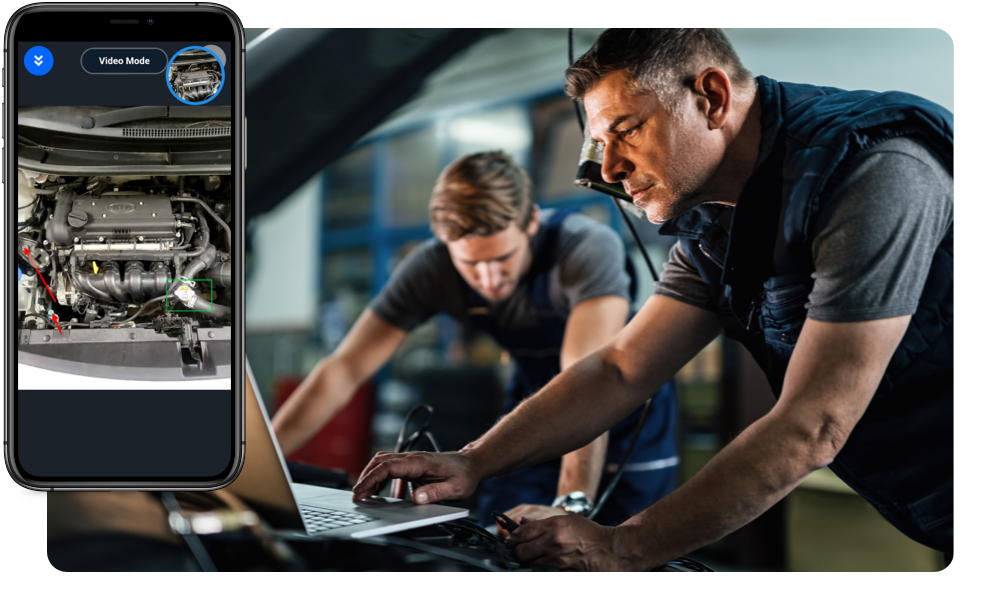

Remote visual support makes onboarding and training a breeze for new customers or employees. Agents can demonstrate product usage, features and best practices visually, facilitating a smoother learning process.
Customers who receive prompt and effective assistance using remote visual support develop trust in the brand. Satisfied customers are more likely to become loyal advocates for the company.
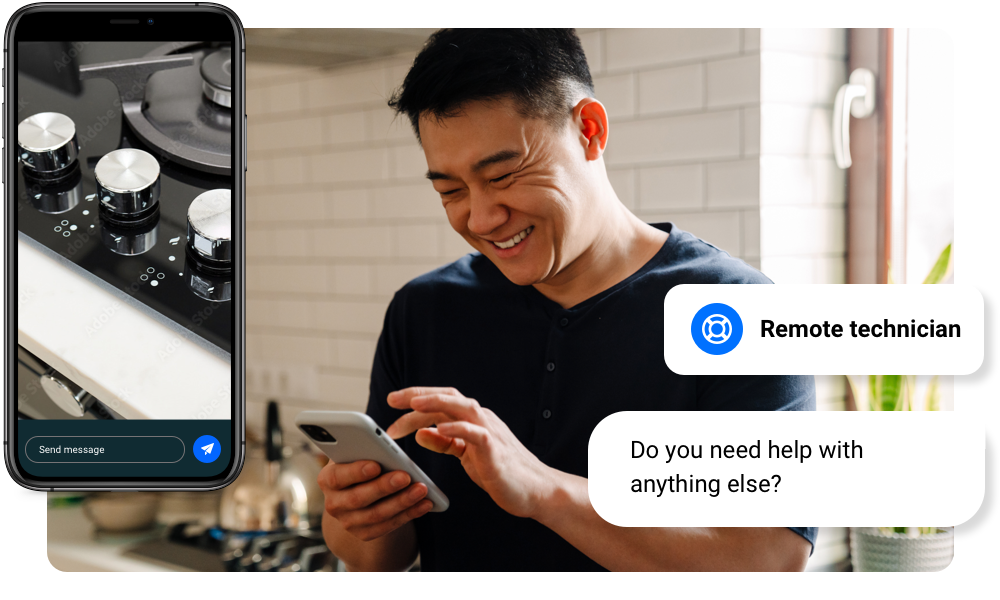

Remote visual support is invaluable for field service agents who can collaborate with remote experts, access real-time guidance, and document work in progress, leading to increased field service efficiency.

A customer experiencing technical issues with a smart home device can engage in a live video session with a contact centre agent. The agent can visually diagnose the problem and guide the customer through the necessary troubleshooting steps.
When a customer faces connectivity issues with their internet service, an agent can remotely assess the customer's modem setup through the video feed and provide quick solutions.
During a car insurance claim, an agent can use remote visual support to visually assess the vehicle's damage and expedite the claims process by capturing real-time images for documentation.
For health insurance queries, agents can guide customers on uploading medical documents or assist with the online claim submission process using live video support.
Embracing remote visual support in contact centres is a game-changing strategy. Contact centres can surpass customer expectations and create unforgettable experiences by delivering personalised, real-time assistance.
For industries that heavily rely on field services, such as maintenance, construction and utilities, remote visual support services have emerged as a transformative tool
By combining advanced technology with human expertise, these services are redefining how field services are delivered, enhancing efficiency, reducing costs and ultimately transforming how businesses engage with their customers.
Remote visual support services enable real-time visual communication between field technicians and remote experts or support teams.
These services empower technicians to collaborate with experts worldwide, instantly accessing their guidance and knowledge through live video and audio feeds. This seamless connection transcends geographical barriers, making it a game-changer for businesses with field service operations.
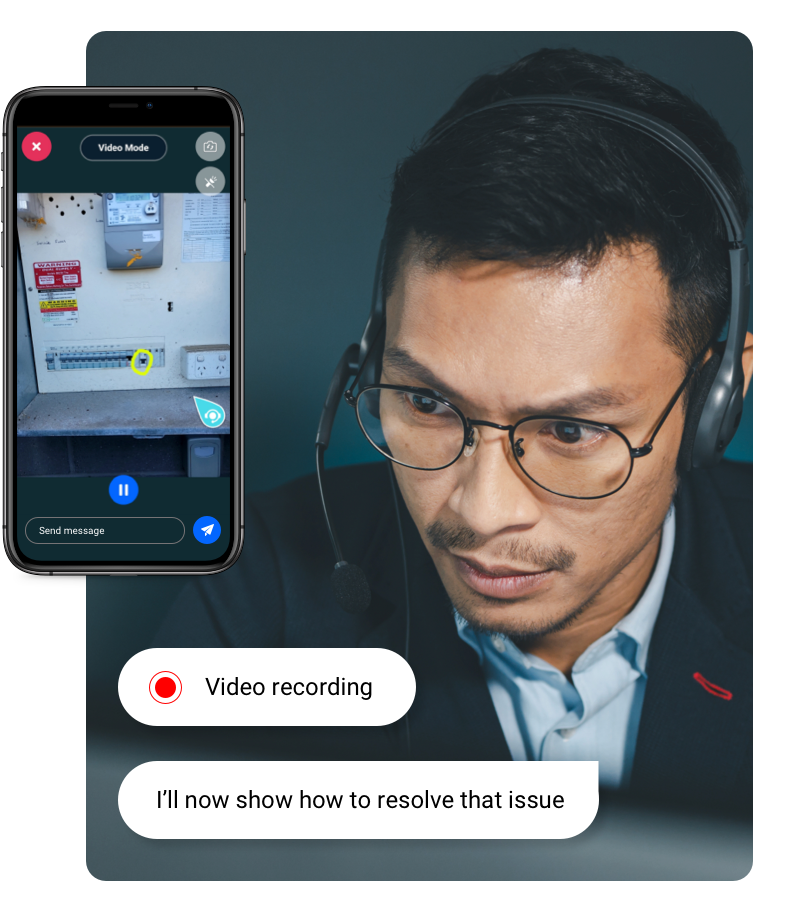
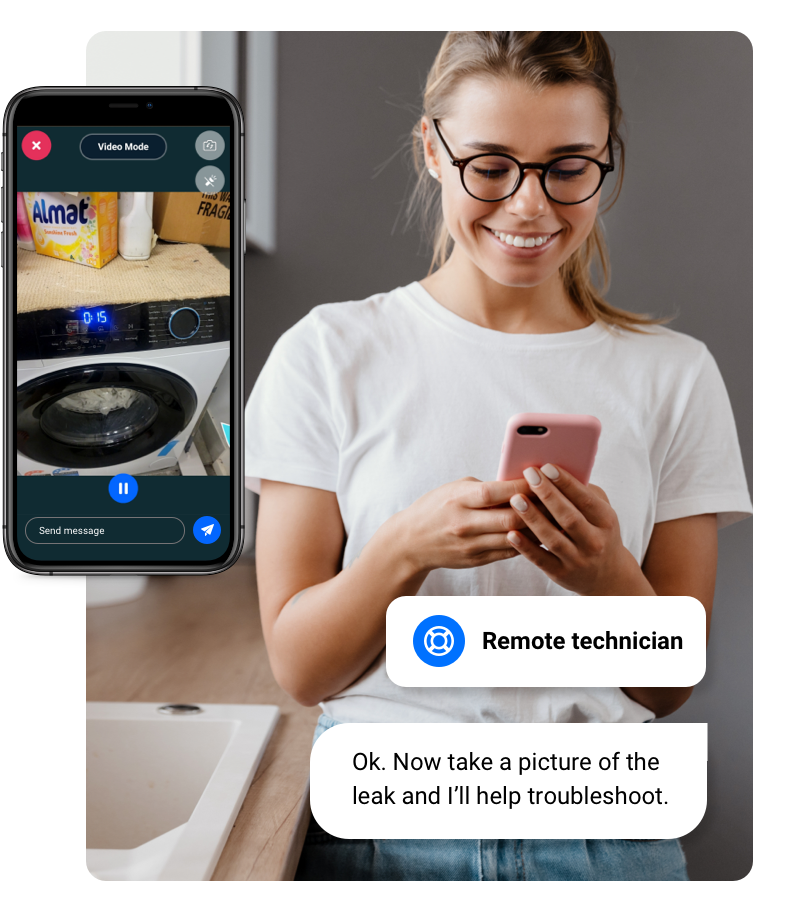
Field technicians often encounter complex issues requiring specialised knowledge. With remote visual support, experts can assess the situation, diagnose problems visually and guide technicians through the most effective solutions.
This results in faster and more accurate issue resolution, minimising downtime and improving service quality.
Traditional field service operations often involve extensive travel and onsite visits, leading to higher operational costs. Remote visual support services eliminate unnecessary travel, saving time and resources while maintaining a high level of service delivery.
Remote visual support services are invaluable for training and onboarding new technicians. Seasoned experts can guide and mentor new team members remotely, enabling a smooth learning curve and accelerating their effectiveness in the field.
Businesses can optimise their field resource allocation with remote visual support. Instead of sending multiple technicians to different locations, experts can remotely support multiple technicians, maximising the workforce's efficiency.
Quick and effective issue resolution leads to higher customer satisfaction. Businesses utilising remote visual support can provide their customers with faster service, leading to greater trust, loyalty and positive word-of-mouth referrals.
Remote visual support services often include capturing images and recording video during the support session. This documentation aids compliance and report generation and can serve as a valuable reference for future tasks.
Integrating remote visual support services is rapidly reshaping the landscape of field services. Businesses that leverage this technology gain a competitive edge, optimising their operations, increasing customer satisfaction and fostering innovation.
Telecom companies can remotely support field technicians in troubleshooting network issues, reducing the need to dispatch specialised technicians to the site.
Manufacturers can provide remote support to technicians performing maintenance on complex machinery, improving the efficiency of repair processes.
Energy providers can remotely guide technicians in resolving power outages or equipment malfunctions, minimising customer downtime.
Remote visual support enables architects and engineers to collaborate with onsite teams during construction projects, increasing adherence to specifications and quality standards.
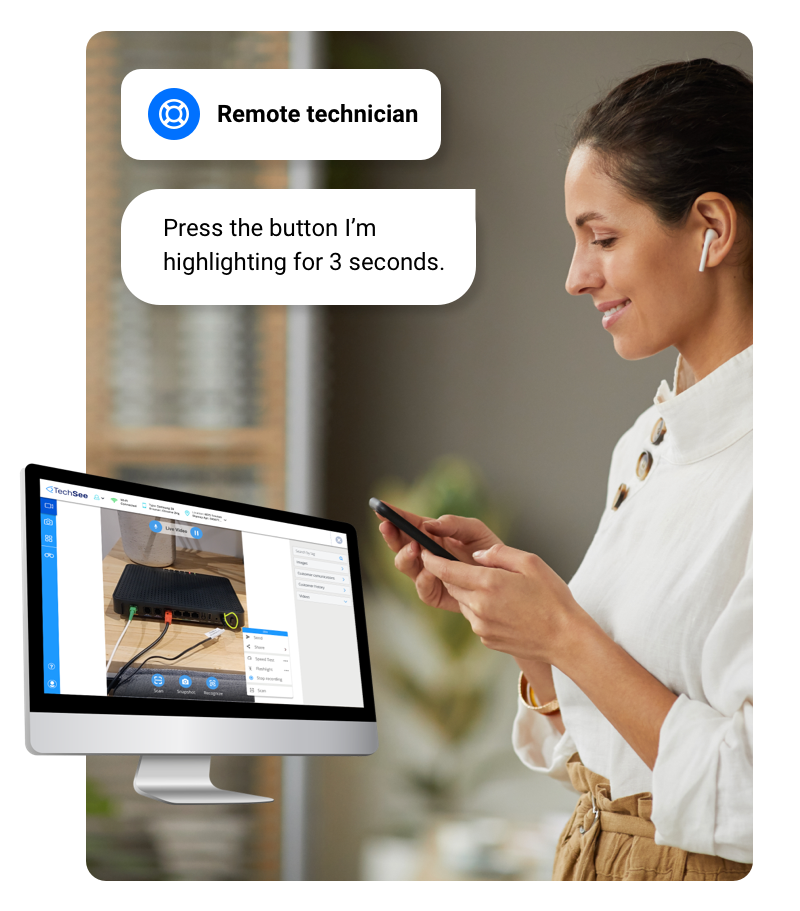
Visual engagement platforms powered by computer vision AI and augmented reality (AR) are leading the technological revolution in the business landscape.
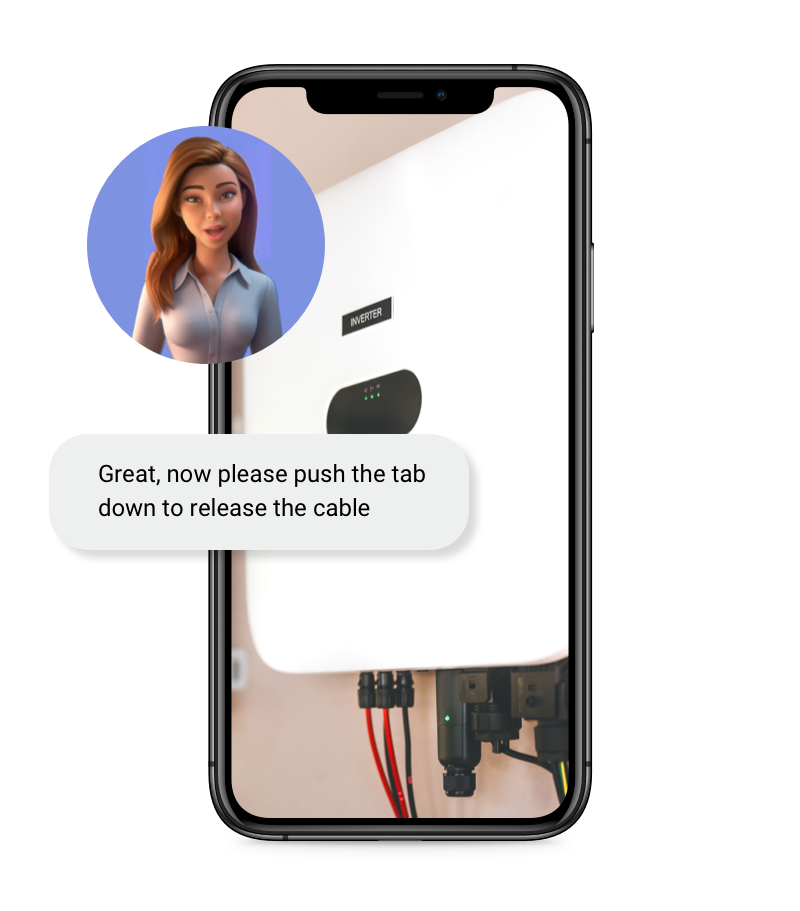
These cutting-edge platforms leverage live video, image recognition and AR overlays to enable real-time visual interactions between businesses and their customers or stakeholders.
Visual engagement platforms provide immersive experiences that bridge the gap between physical and digital realms, enhancing customer satisfaction and loyalty. They also deliver unparalleled support to customers or field technicians by visually diagnosing issues, guiding them step-by-step through resolutions and reducing downtime, improving efficiency and lowering operational costs.
Visual engagement platforms with AR allow customers to personalise products in real-time, seeing modifications virtually before making purchasing decisions, which results in higher conversions.
They also facilitate seamless collaboration in businesses with geographically dispersed teams, enabling experts to mentor and train employees remotely in real time, accelerating onboarding, skill development and knowledge transfer.
Visual engagement platforms transform marketing campaigns by enabling interactive content, virtual try-on and product visualisations, which captivate audiences, drive engagement, and ultimately boost sales.
Additionally, they can create virtual showrooms or AR-driven retail spaces, revolutionising the brick-and-mortar experience and fostering a sense of ownership and emotional connection.
Visual engagement platforms with computer vision AI and augmented reality have real-world applications across fields as diverse as e-commerce, healthcare, manufacturing, engineering and real estate.
They can redefine customer relationships, streamline operations, and drive growth by harnessing the power of immersive experiences, remote support and personalised interactions.
Remote visual support technology enables businesses to provide real-time assistance to customers or employees through live video and visual tools, enhancing communication and problem resolution.
Visual contact centres use video, screen sharing, and annotations to enrich customer interactions, leading to faster resolutions and more personalised support.
Visual support allows field technicians to access real-time visual assistance, instructions and information, increasing first-time fix rates and operational efficiency.
Augmented Reality (AR) overlays digital information onto the physical world, which can be used for training, product demonstrations, remote support and enhancing customer experiences.
Computer Vision AI enables the system to interpret and analyse visual data, allowing for advanced features such as object recognition and automatic issue detection, thus improving the efficiency of visual engagement platforms.
© 2024 Donnabrook Pty Ltd | Privacy Policy | Site by Better Known